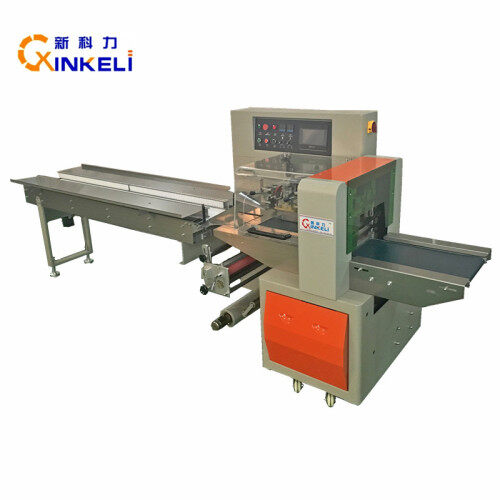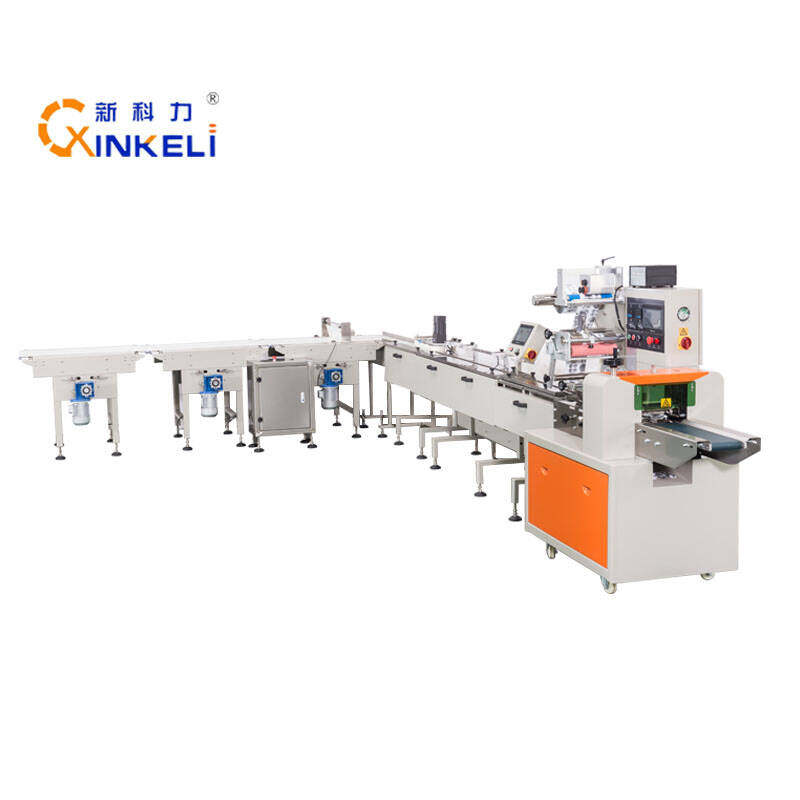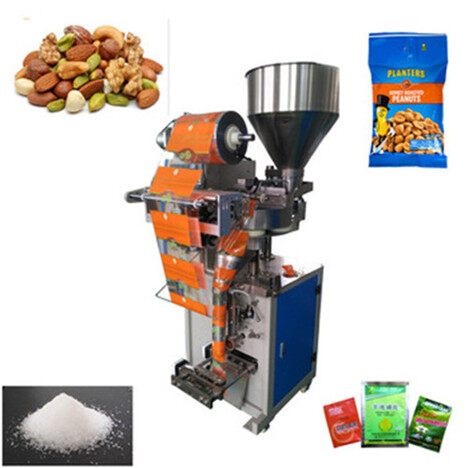The pharmaceutical industry is a field where precision, efficiency, and safety are paramount. Within this industry, the packaging of medicines plays a crucial role in maintaining product integrity and ensuring patient safety. One of the key tools in pharmaceutical packaging is the medicine packaging machine. Let's delve into what these machines are, their components, advantages, and future trends shaping their evolution.
Definition of a Medicine Packaging Machine
A medicine packaging machine is a specialized equipment designed to automate the process of packaging pharmaceutical products. These machines are capable of efficiently handling various tasks involved in packaging, such as filling, sealing, labeling, and inspecting medicines.
Importance of Medicine Packaging in the Pharmaceutical Industry
Effective medicine packaging is essential for preserving the quality and potency of pharmaceutical products. It not only protects the medication from external factors like light, moisture, and contamination but also ensures accurate dosing and ease of use for patients.
Components of a Medicine Packaging Machine
Feeding System
The feeding system is responsible for supplying the packaging materials and the medication to the machine. It ensures a continuous and uniform flow of materials, preventing any disruptions in the packaging process.
Filling System
The filling system accurately measures and dispenses the appropriate amount of medication into the packaging containers. It employs various techniques such as volumetric filling, gravimetric filling, or dosing by count to achieve precise dosing.
Sealing System
The sealing system hermetically seals the packaging containers to protect the contents from external contaminants and maintain product integrity. It utilizes heat sealing, ultrasonic sealing, or other sealing methods depending on the packaging material and product requirements.
Labeling System
The labeling system applies informative labels to the packaging containers, including essential details such as product name, dosage, expiry date, and barcodes for tracking and traceability purposes.
Advantages of Using Medicine Packaging Machines
Efficiency and Speed
Medicine packaging machines significantly increase the packaging speed and efficiency compared to manual methods. They can handle large volumes of medications with minimal human intervention, leading to higher productivity and reduced labor costs.
Accuracy and Precision
These machines ensure consistent and accurate dosing of medications, minimizing the risk of dosage errors and ensuring patient safety. Advanced control systems and sensors monitor the packaging process to maintain precise filling levels and seal integrity.
Compliance with Regulatory Standards
Medicine packaging machines are designed to meet stringent regulatory requirements and quality standards set by regulatory authorities such as the FDA and EMA. They incorporate features for validation, documentation, and compliance with Good Manufacturing Practices (GMP) to ensure the safety and efficacy of packaged medicines.
Customization and Flexibility
Modern medicine packaging machines offer customizable packaging solutions to accommodate various product formats, sizes, and packaging requirements. They allow pharmaceutical companies to adapt quickly to changing market demands and regulatory requirements, offering flexibility in packaging design and labeling options.
Plastic Shrink Wrapping Machine For Boxes
Future Trends in Medicine Packaging Machines
Automation and Robotics
The future of medicine packaging machines lies in increased automation and integration of robotics for enhanced efficiency and precision. Robotic systems can perform complex tasks such as handling delicate components, inspecting product quality, and optimizing packaging workflows.
Integration of Smart Technologies
Emerging technologies like the Internet of Things (IoT) and artificial intelligence (AI) are being integrated into medicine packaging machines to enable real-time monitoring, predictive maintenance, and optimization of packaging processes. Smart sensors and connected devices offer insights into machine performance and product quality, leading to improved efficiency and reduced downtime.
Sustainability Initiatives
There is a growing emphasis on sustainability in pharmaceutical packaging, driving the adoption of eco-friendly materials and packaging designs. Future medicine packaging machines will incorporate features for minimizing waste, reducing energy consumption, and optimizing resource utilization to support sustainable manufacturing practices.
Enhanced Data Analytics and Monitoring Systems
Advanced data analytics and monitoring systems will enable pharmaceutical companies to gather insights from the packaging process, optimize production workflows, and ensure compliance with regulatory requirements. Real-time data analytics can identify potential issues, improve quality control, and streamline the entire supply chain from manufacturing to distribution.
Conclusion
Medicine packaging machines play a crucial role in the pharmaceutical industry by automating and optimizing the packaging process for enhanced efficiency, accuracy, and compliance with regulatory standards. As technology continues to evolve, future trends indicate a shift towards greater automation, integration of smart technologies, sustainability initiatives, and enhanced data analytics to drive innovation and improve patient outcomes in pharmaceutical packaging.


.jpg)




